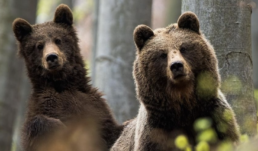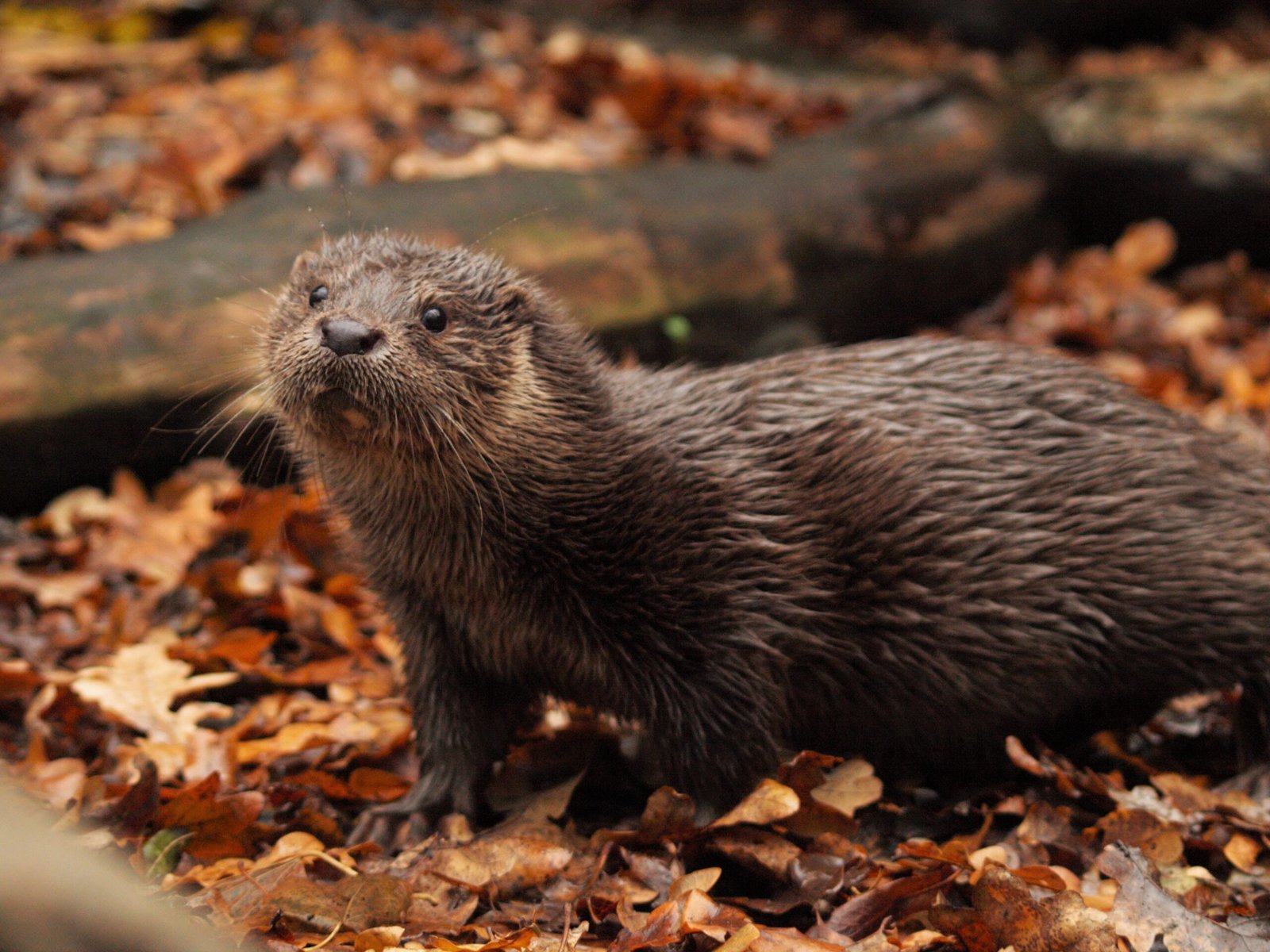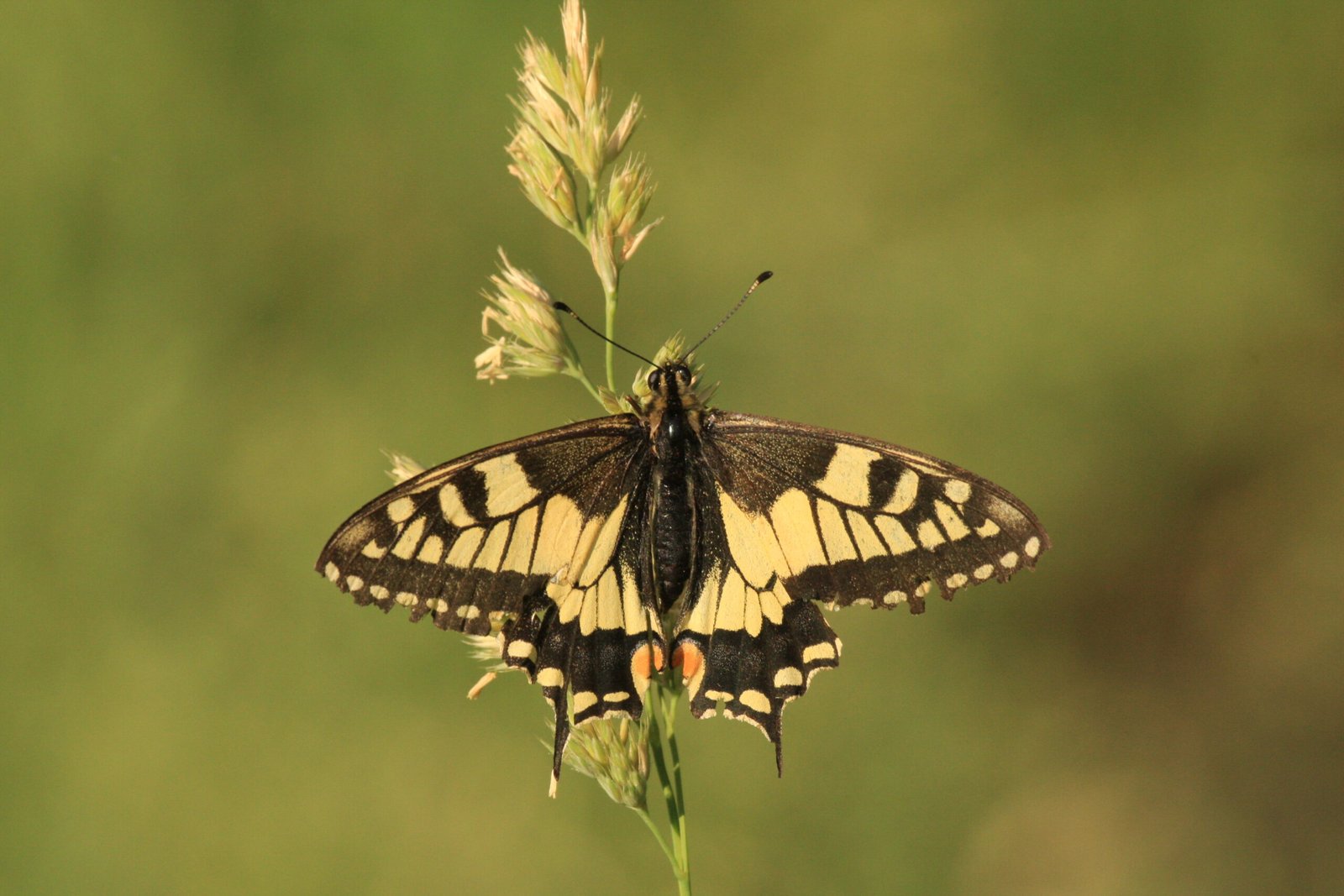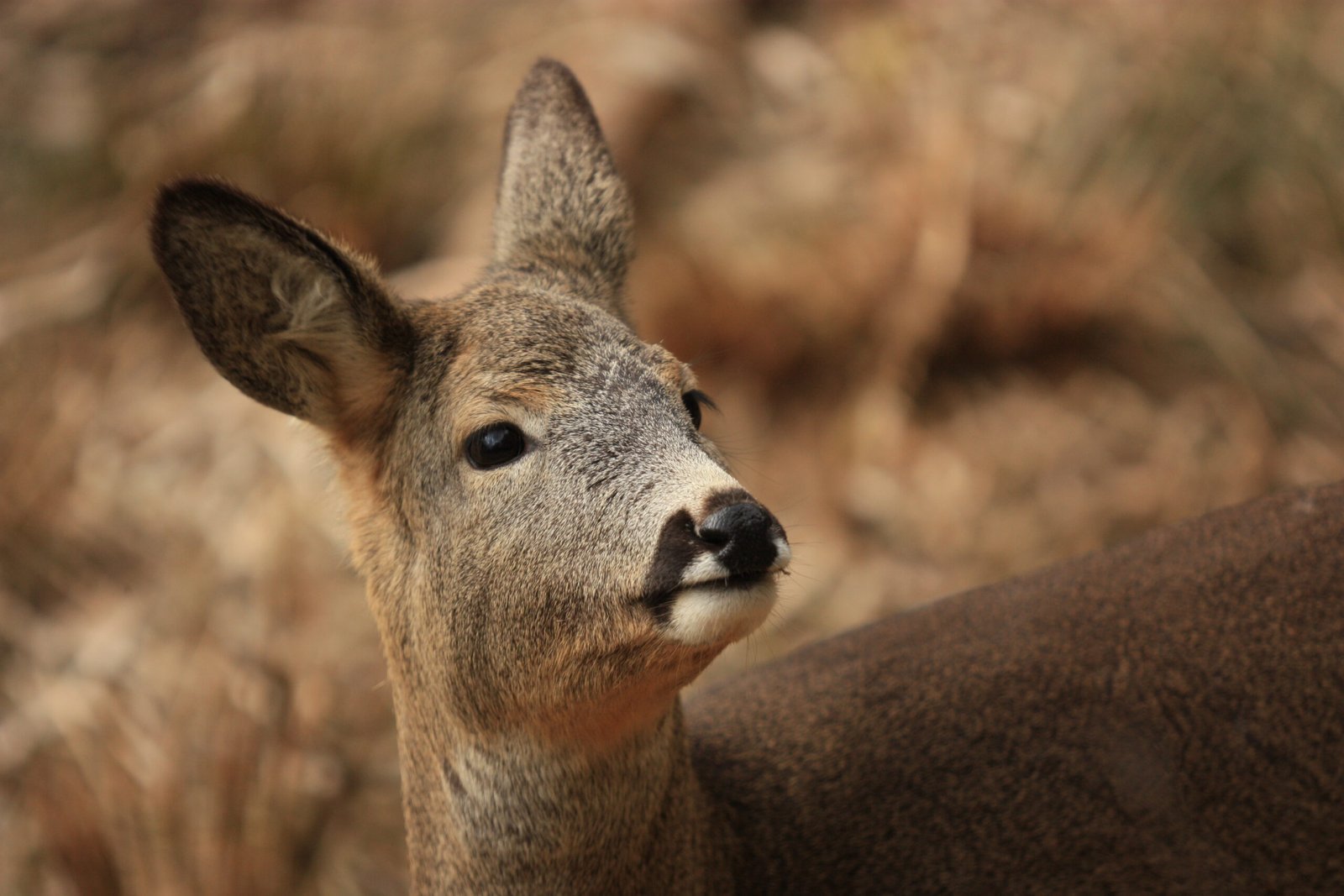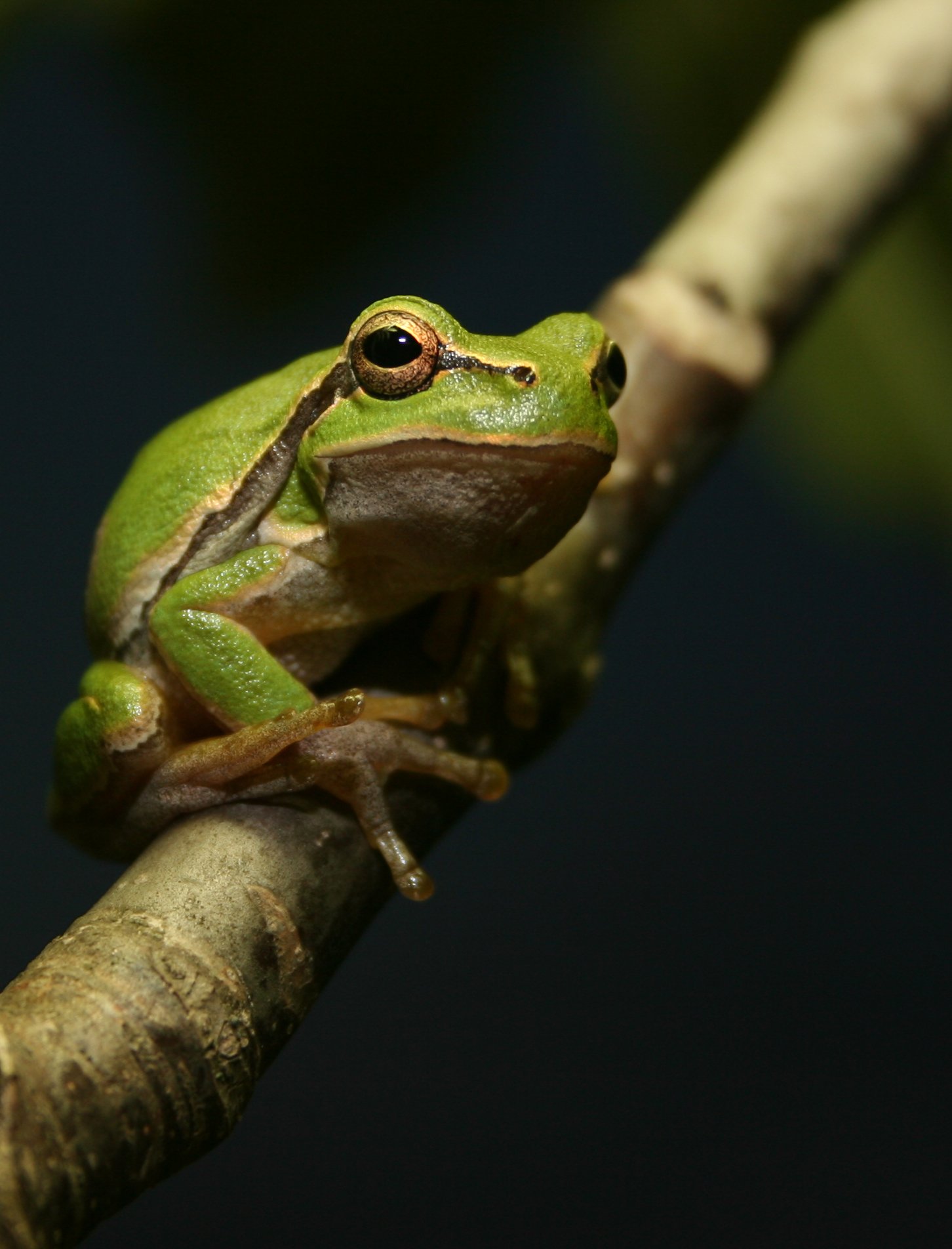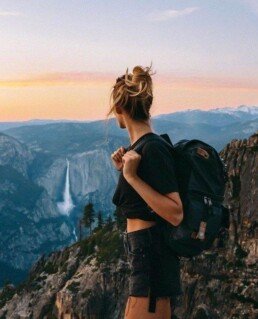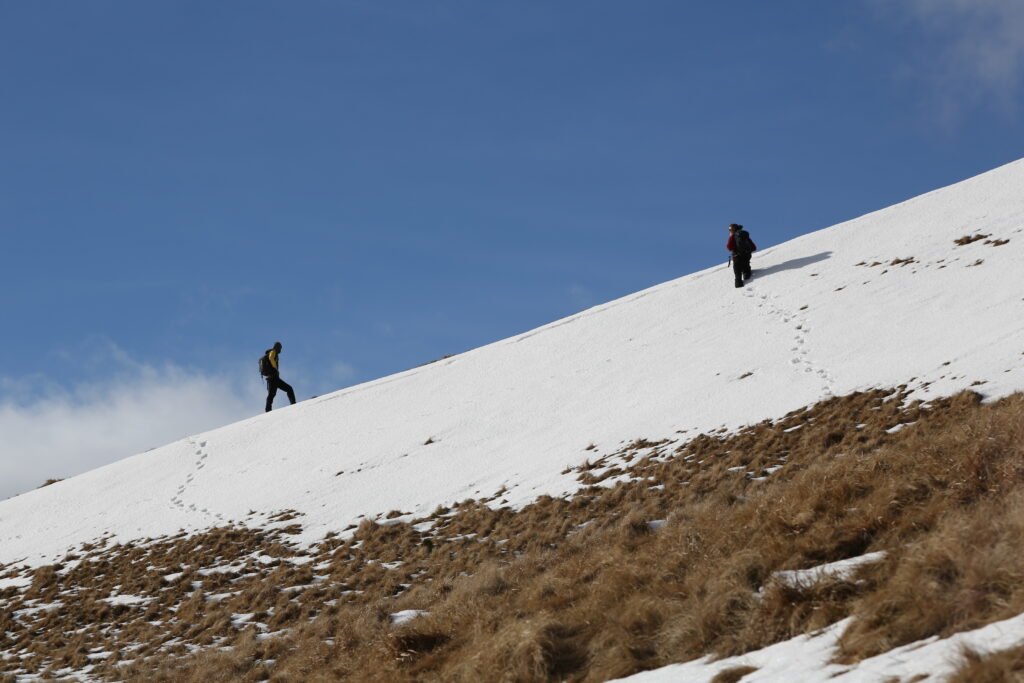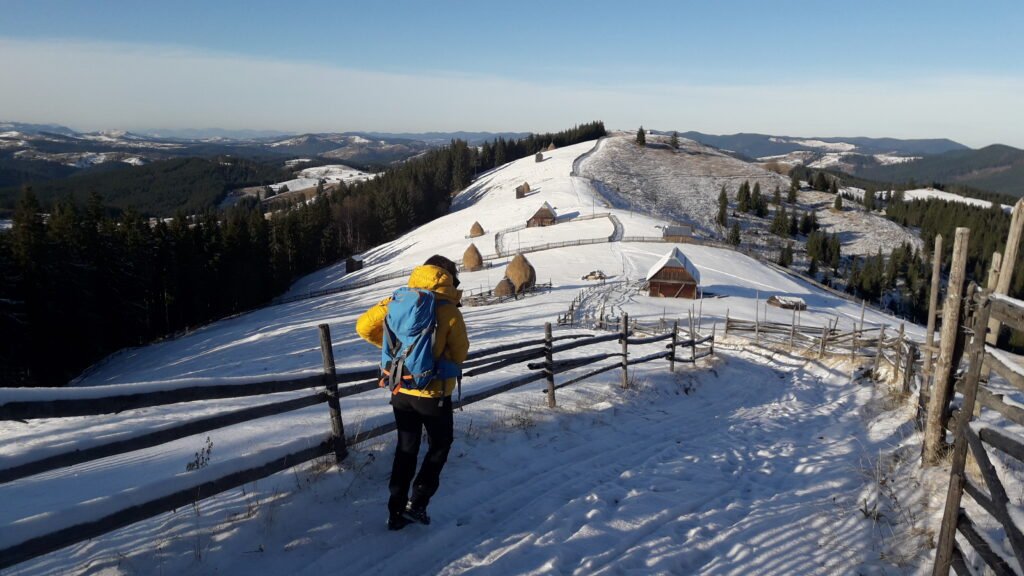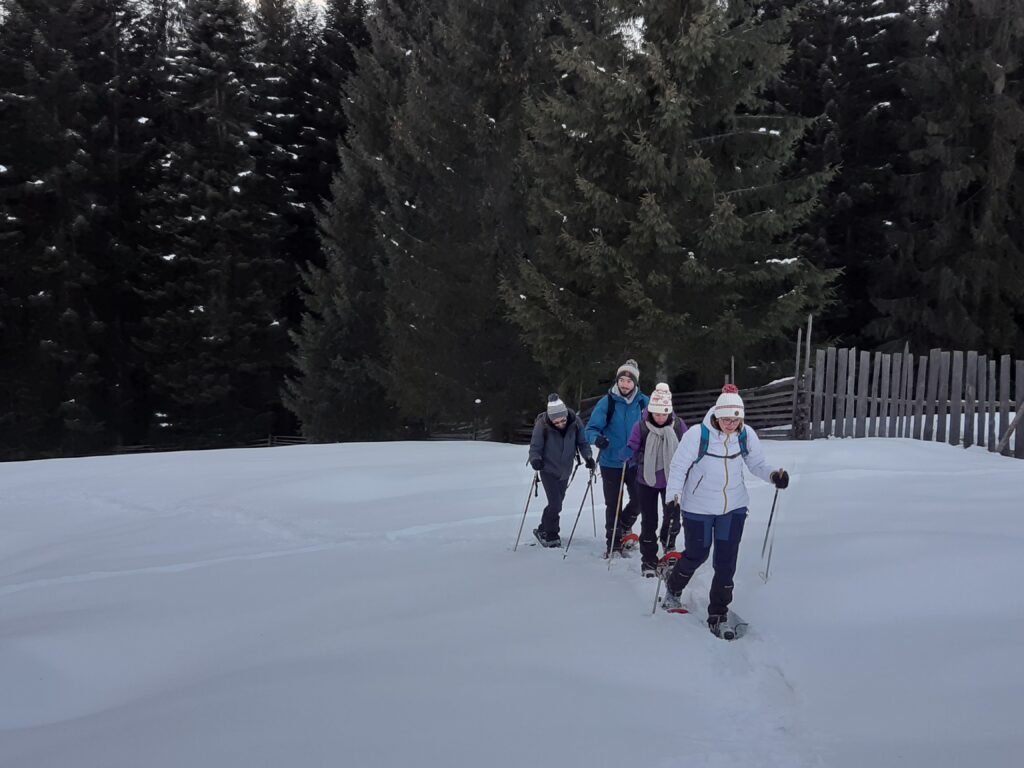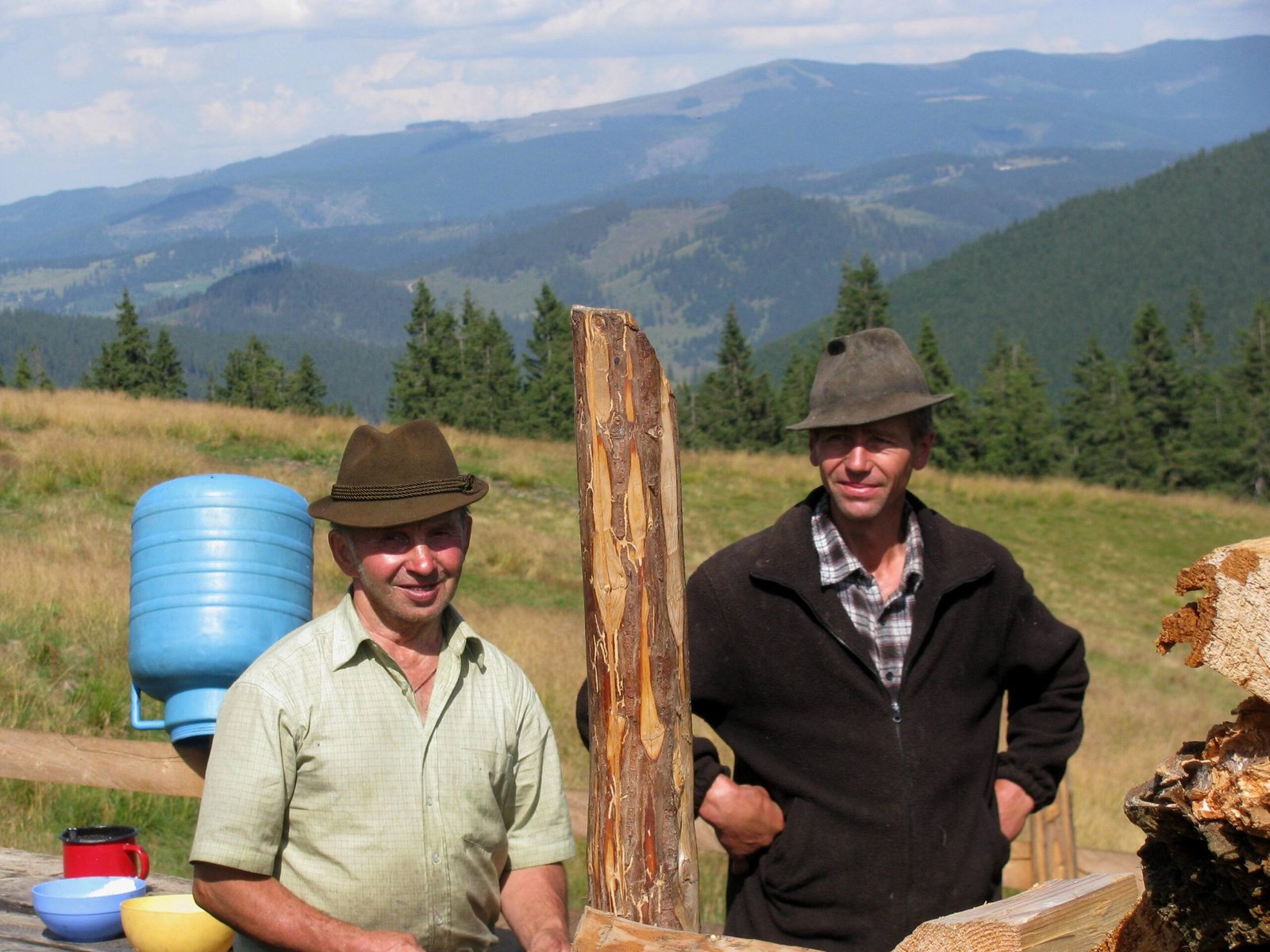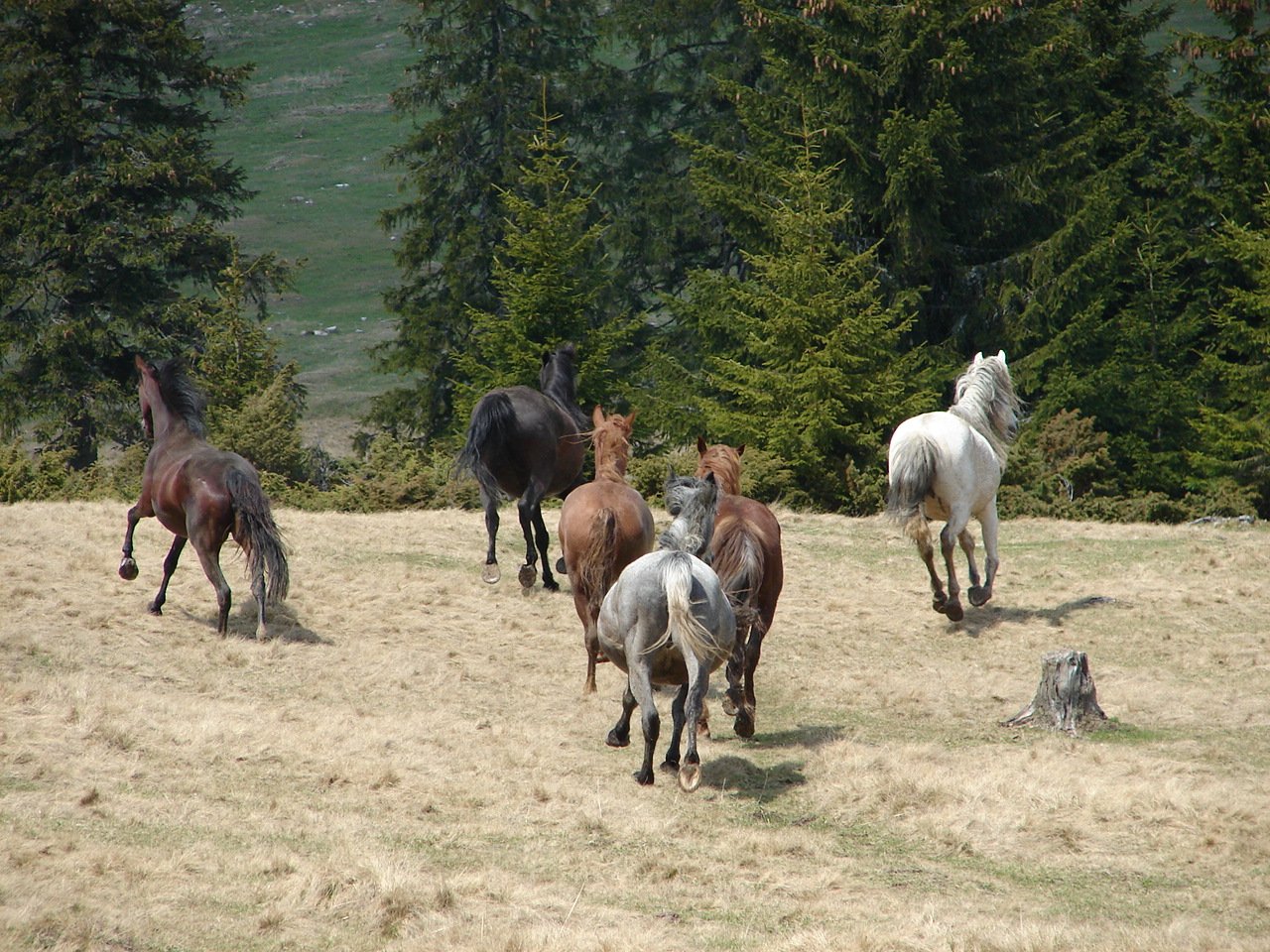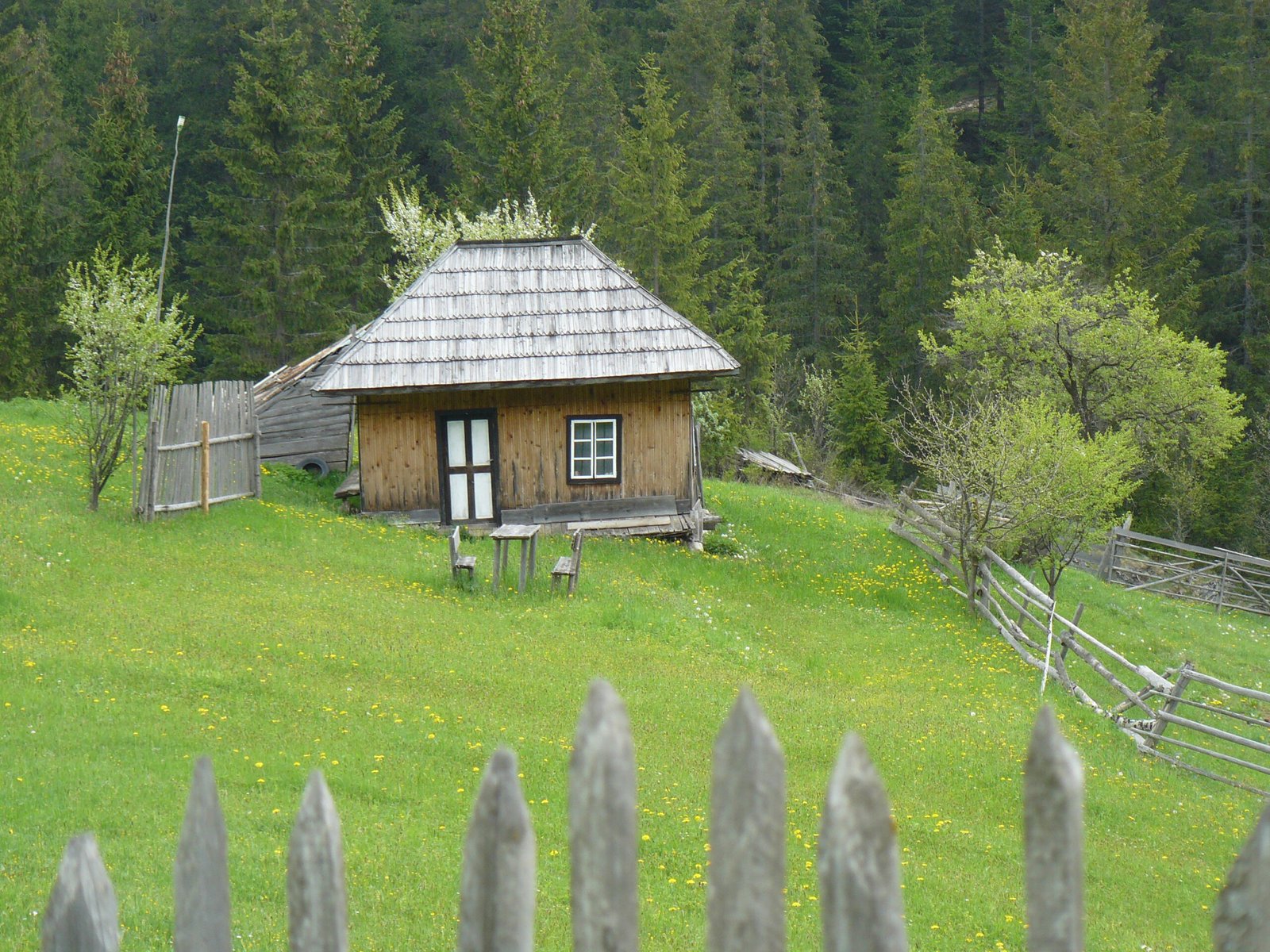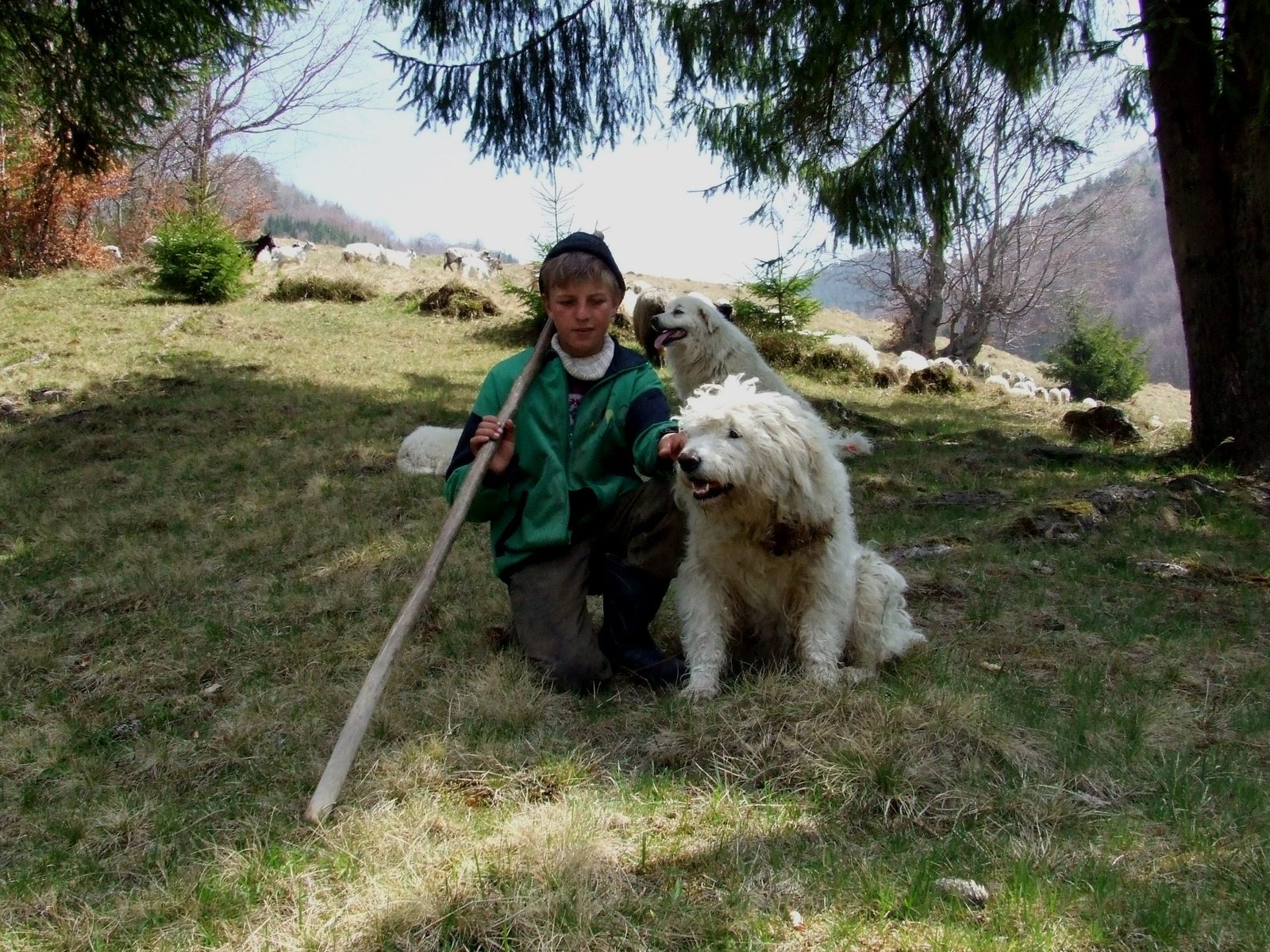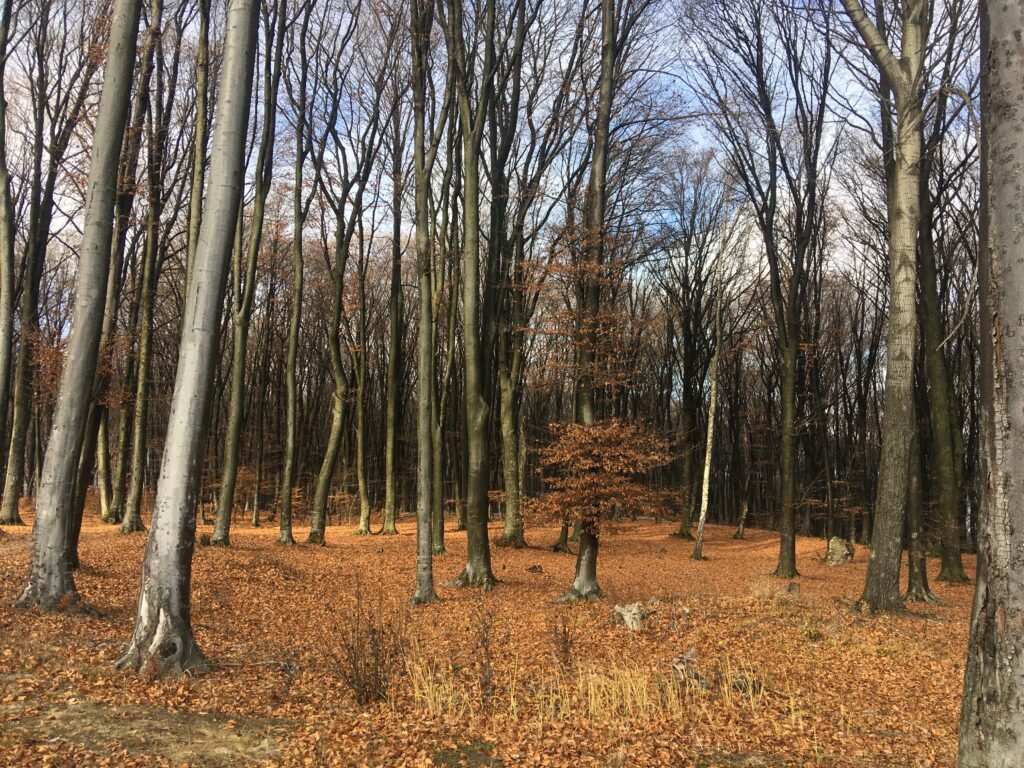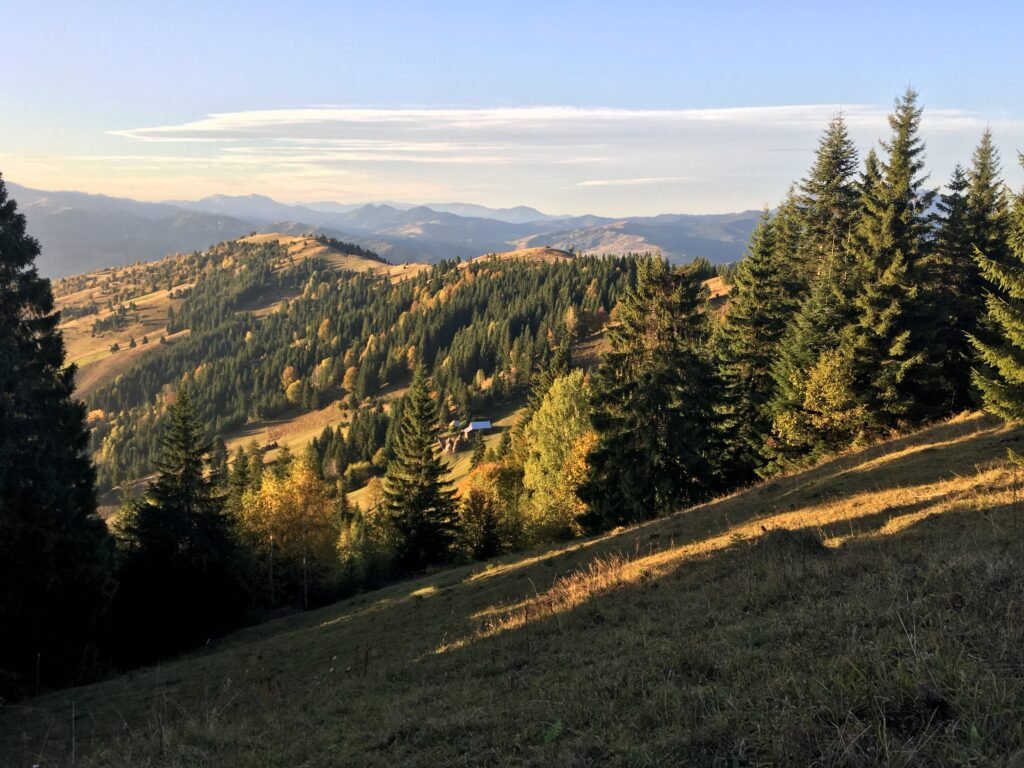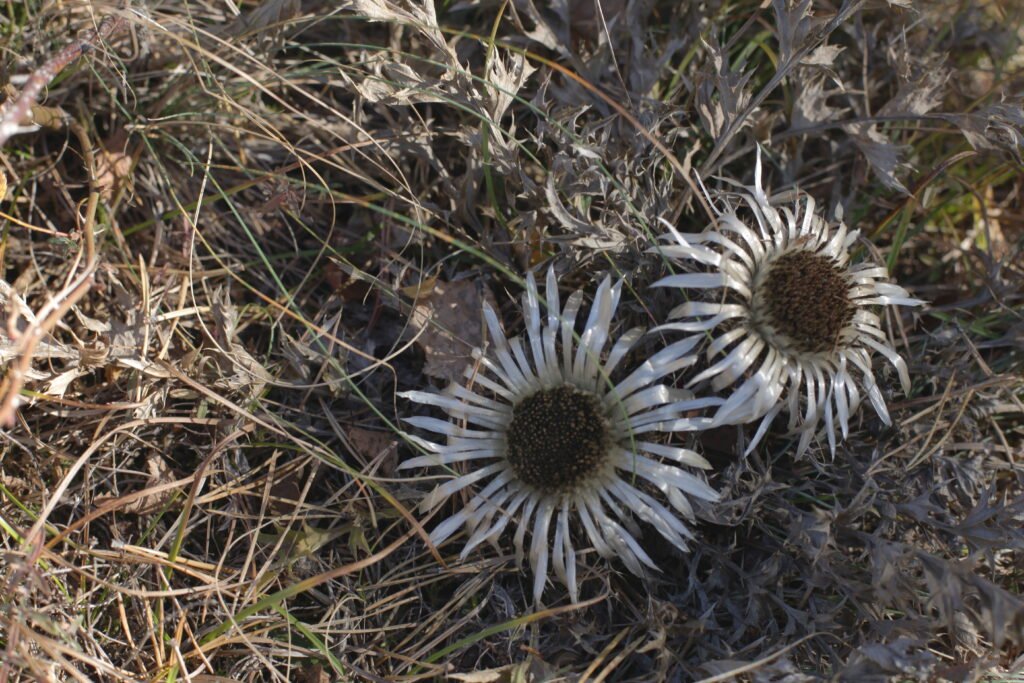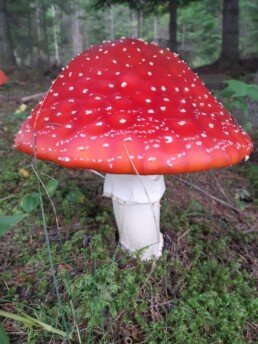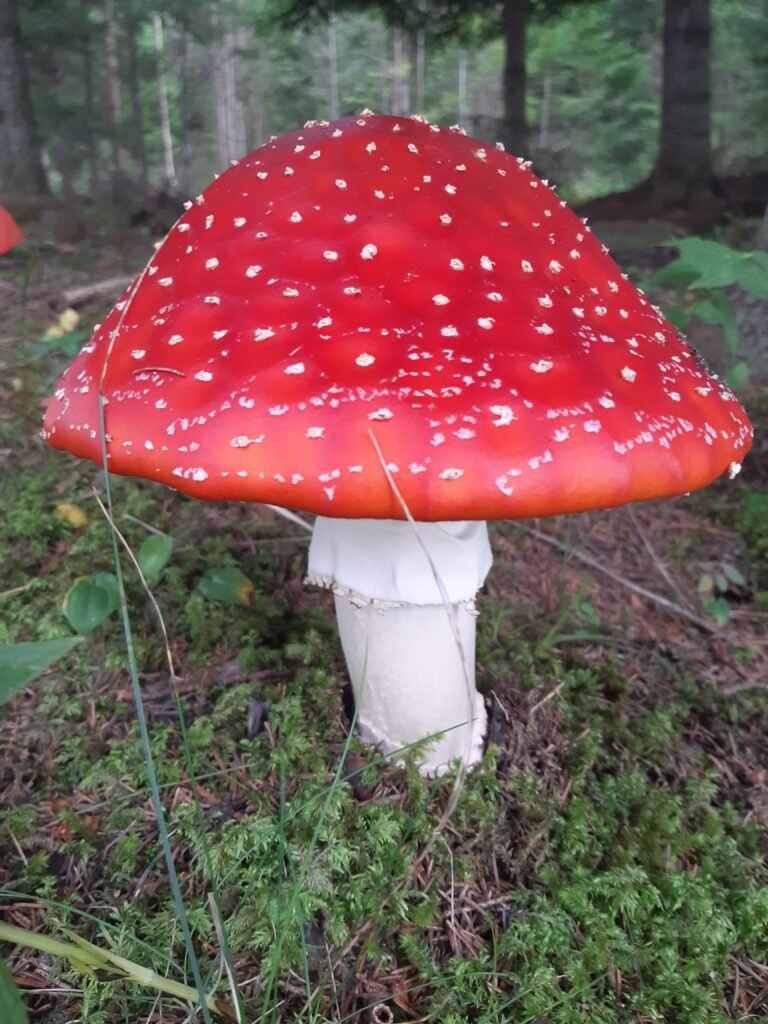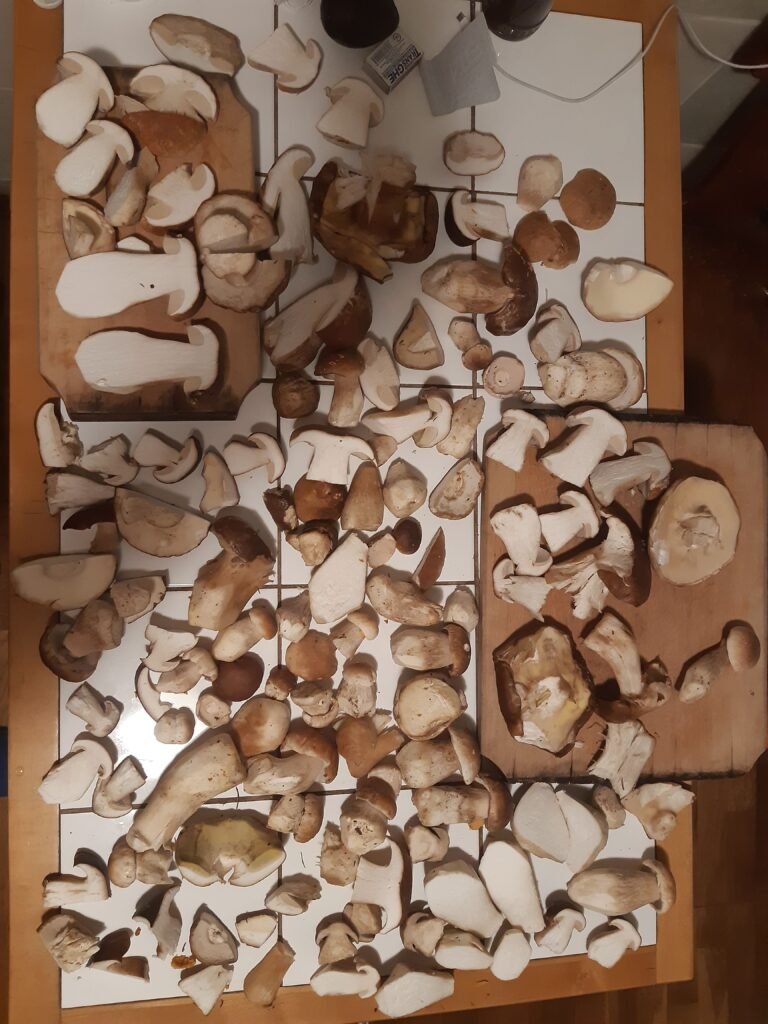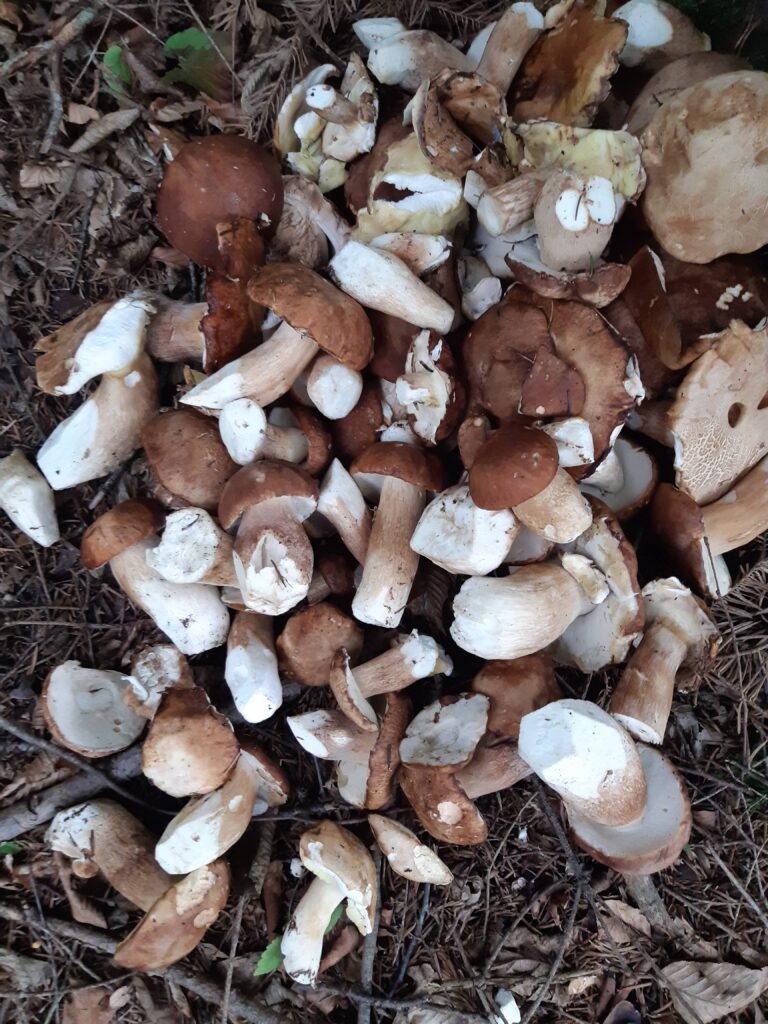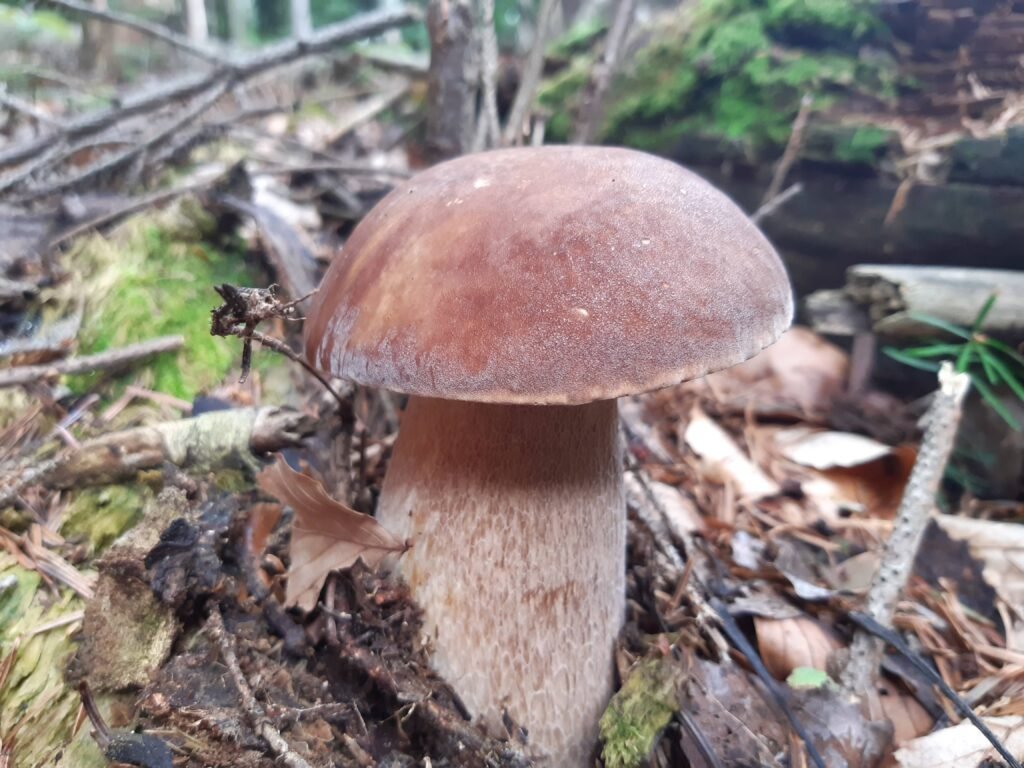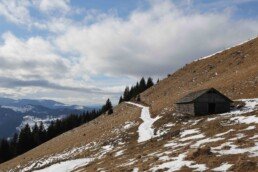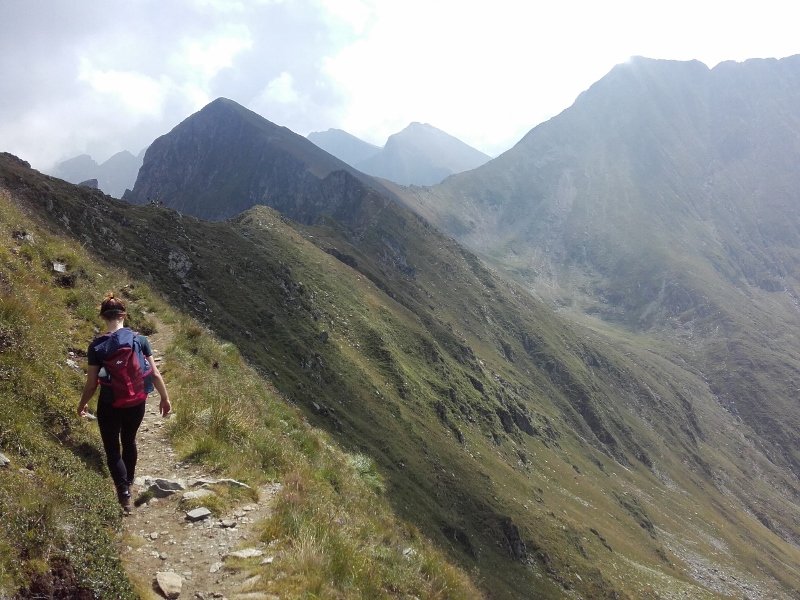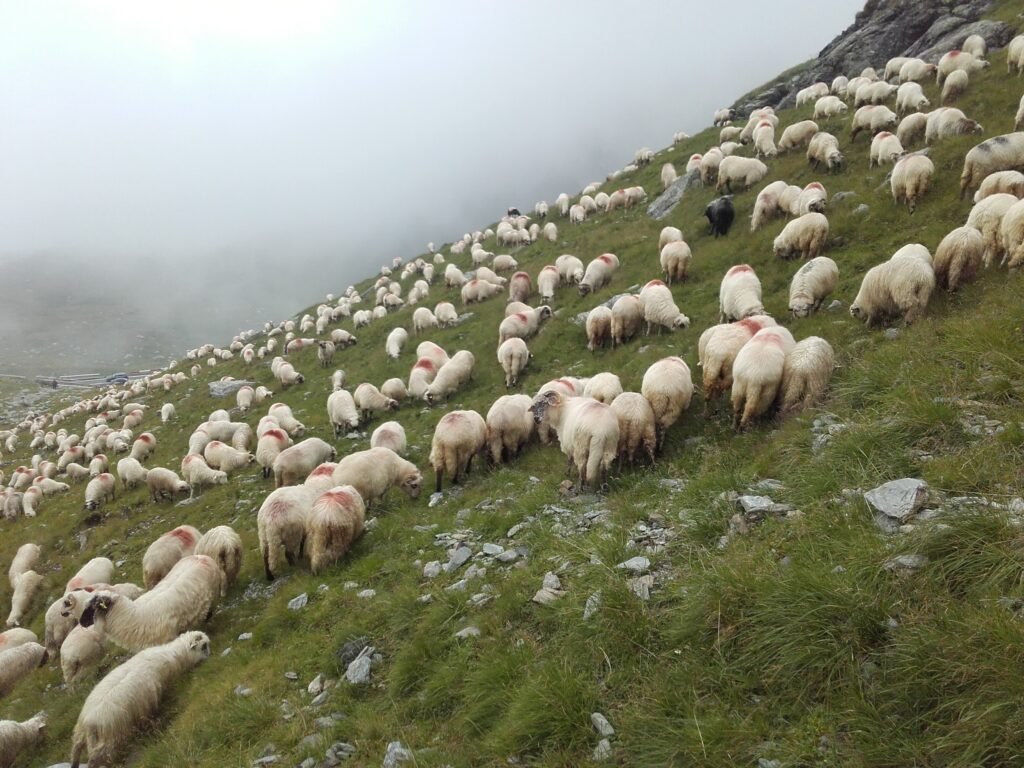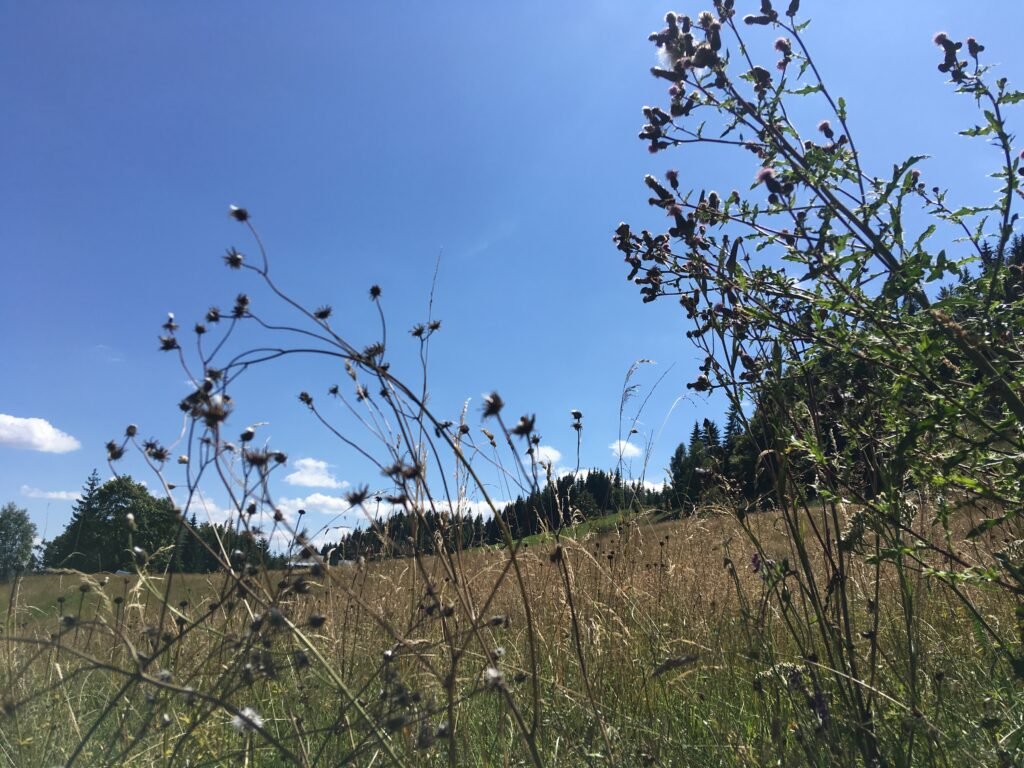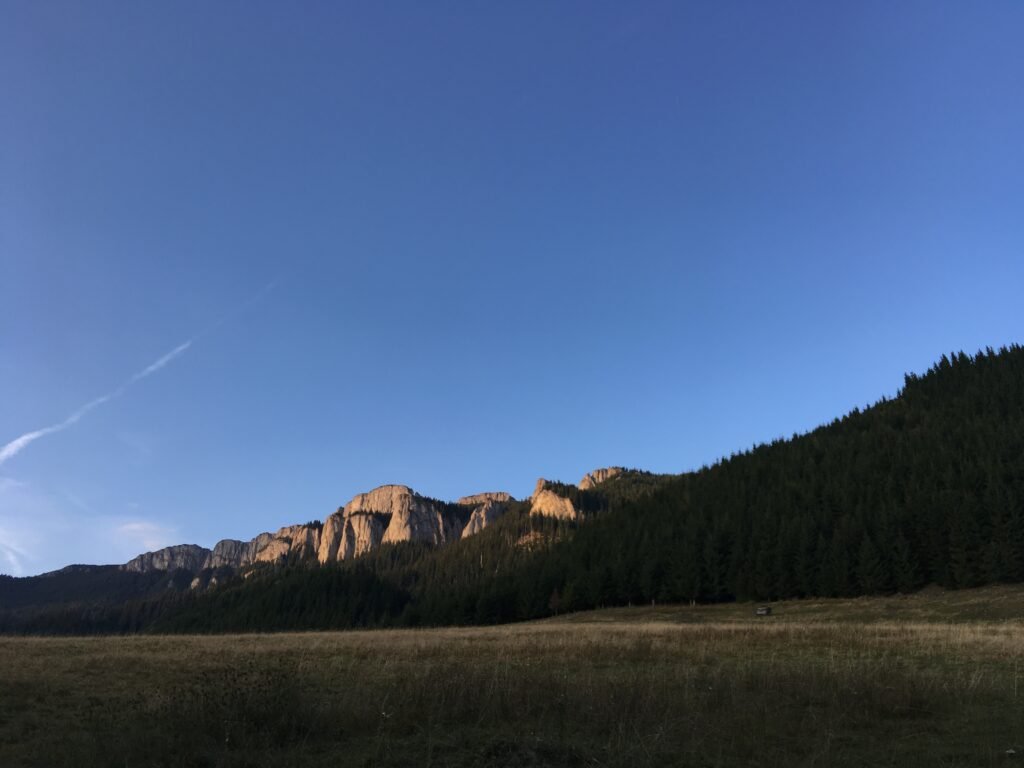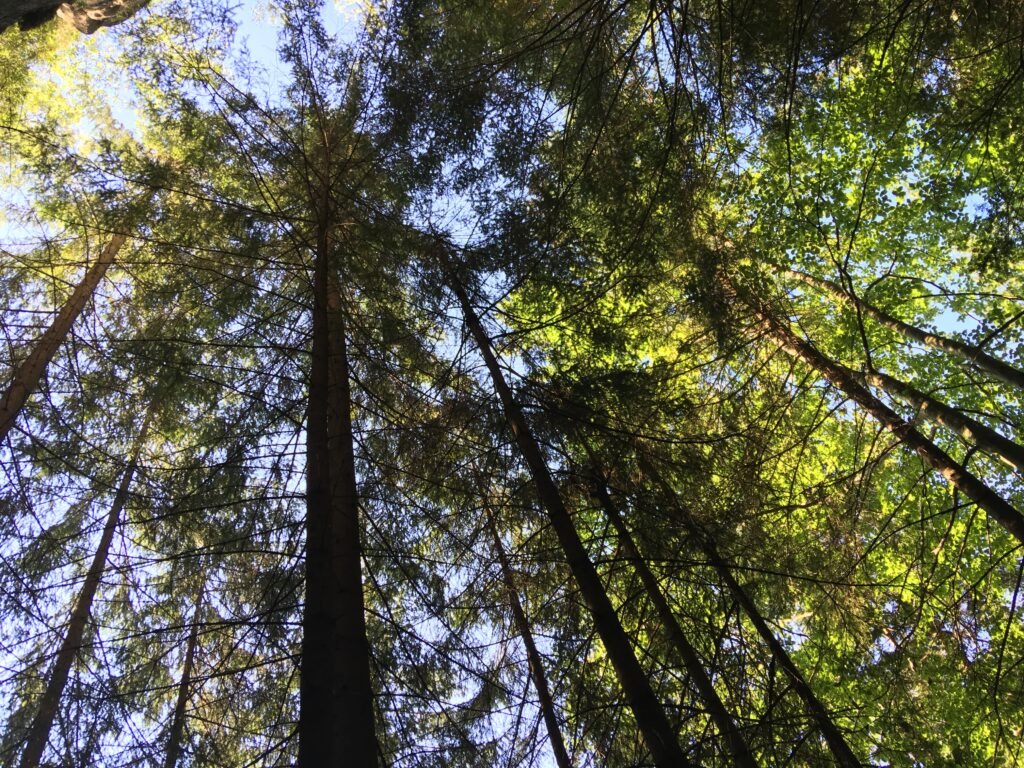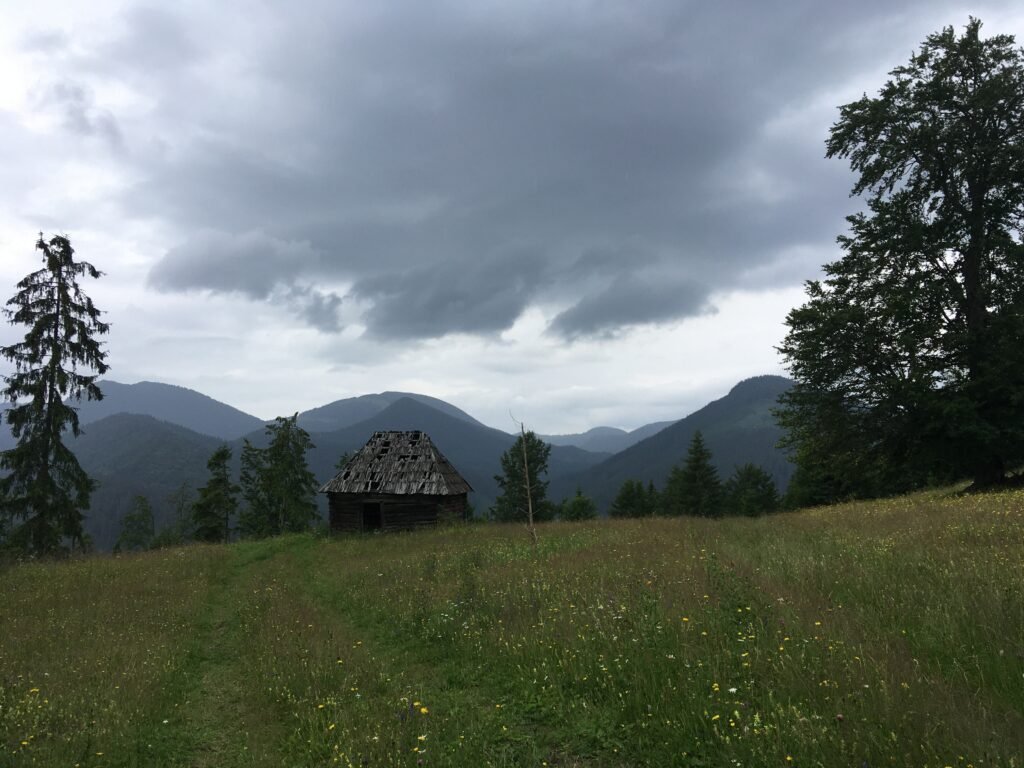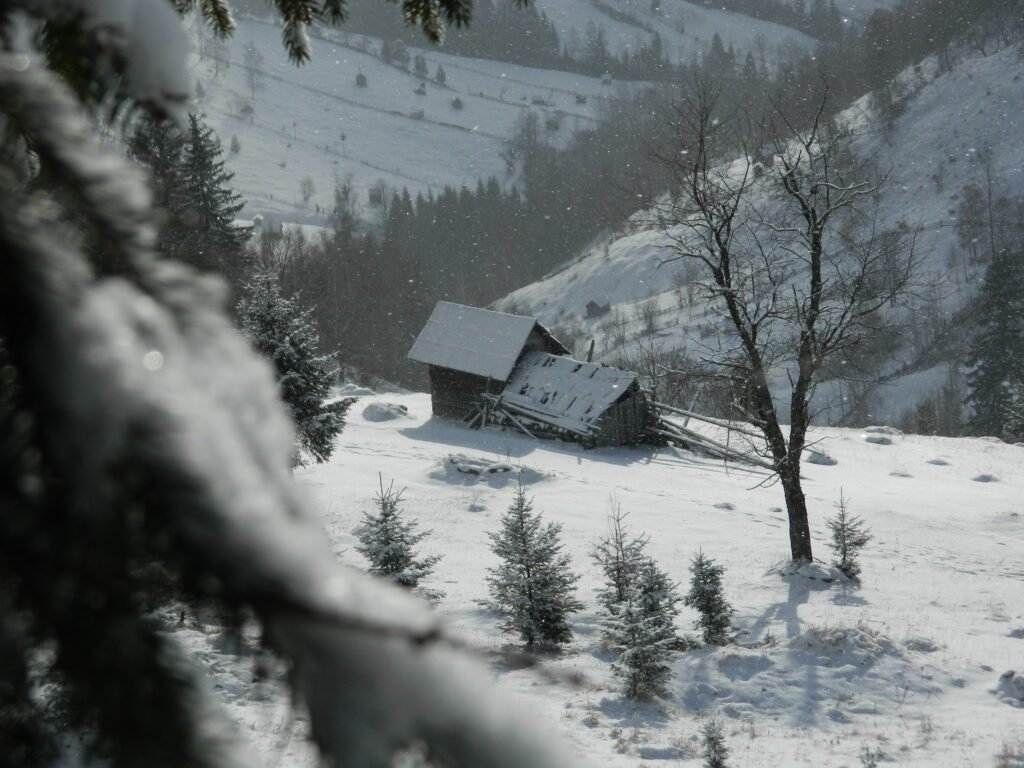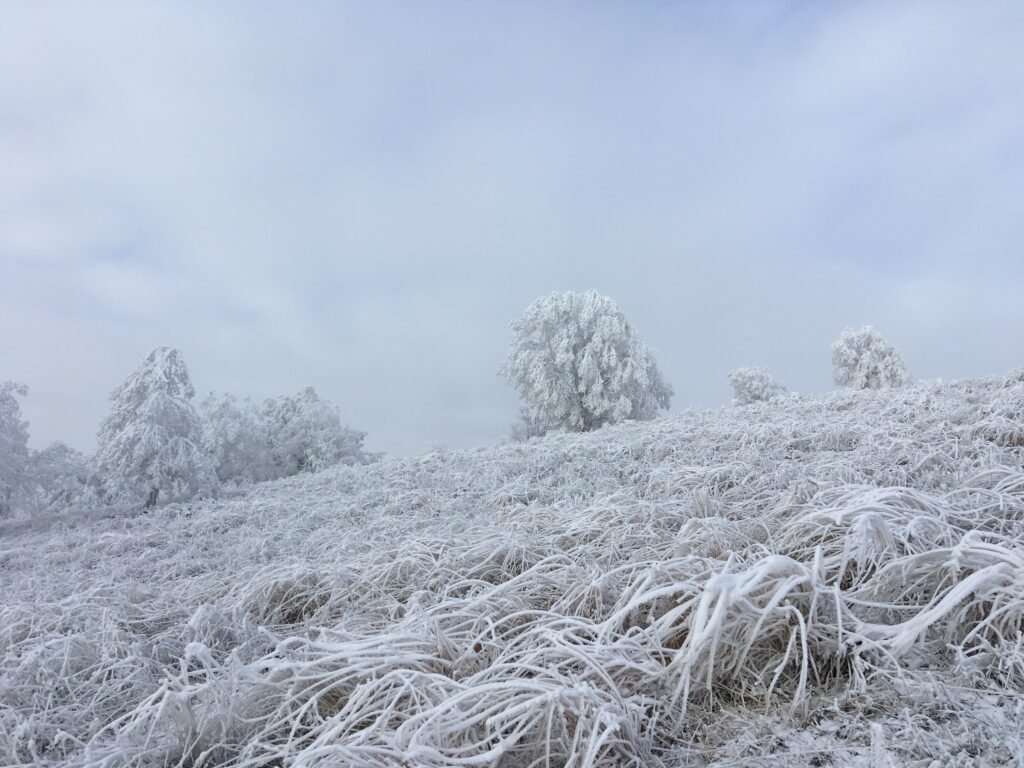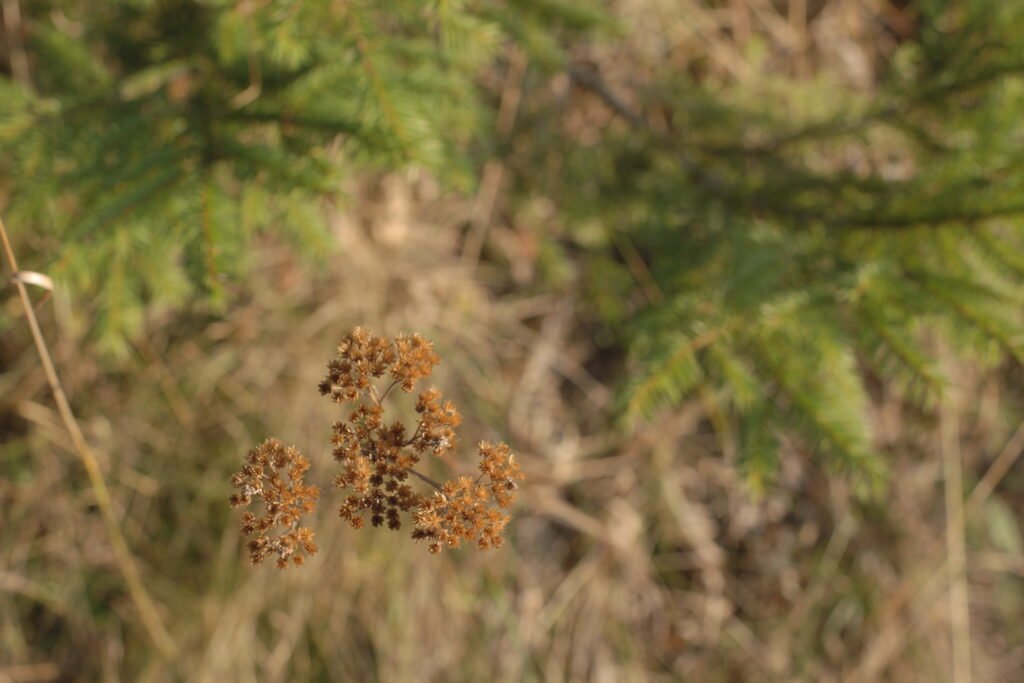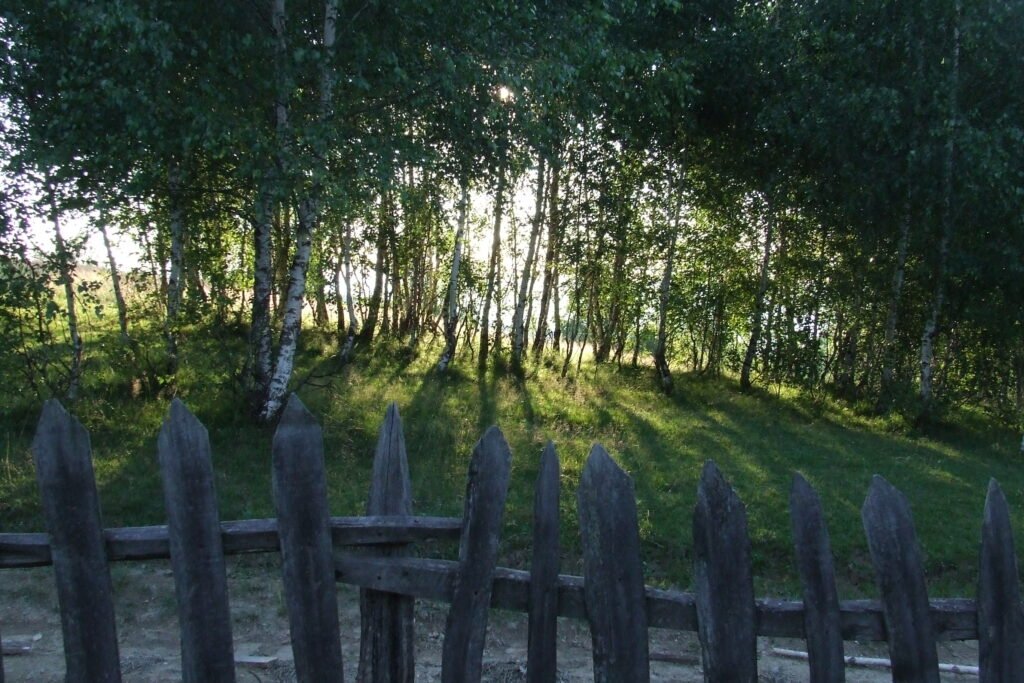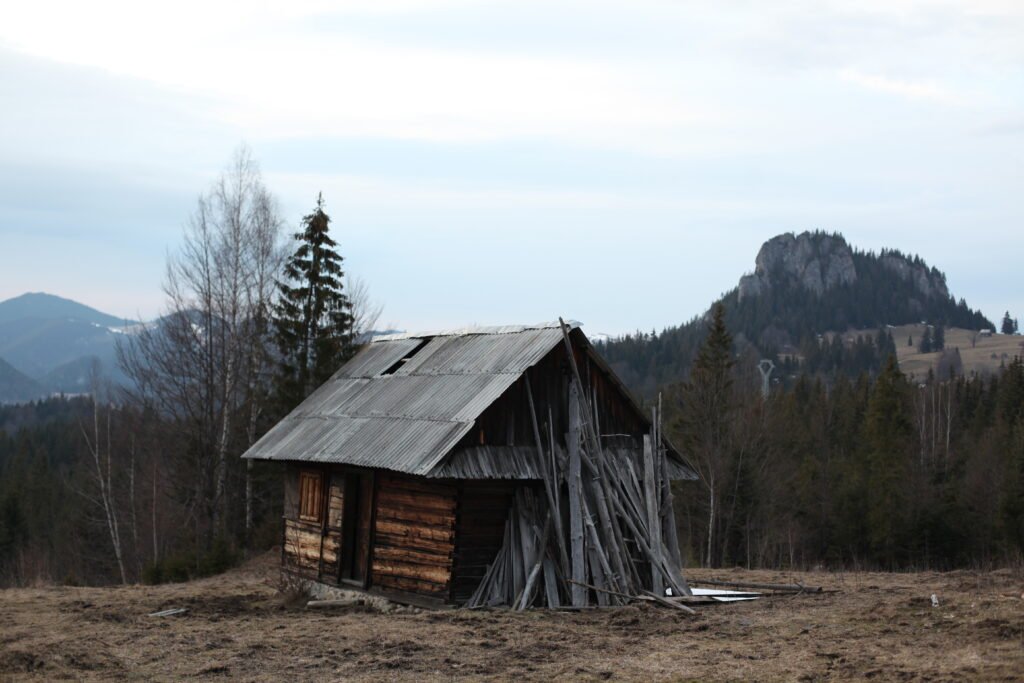wildlife
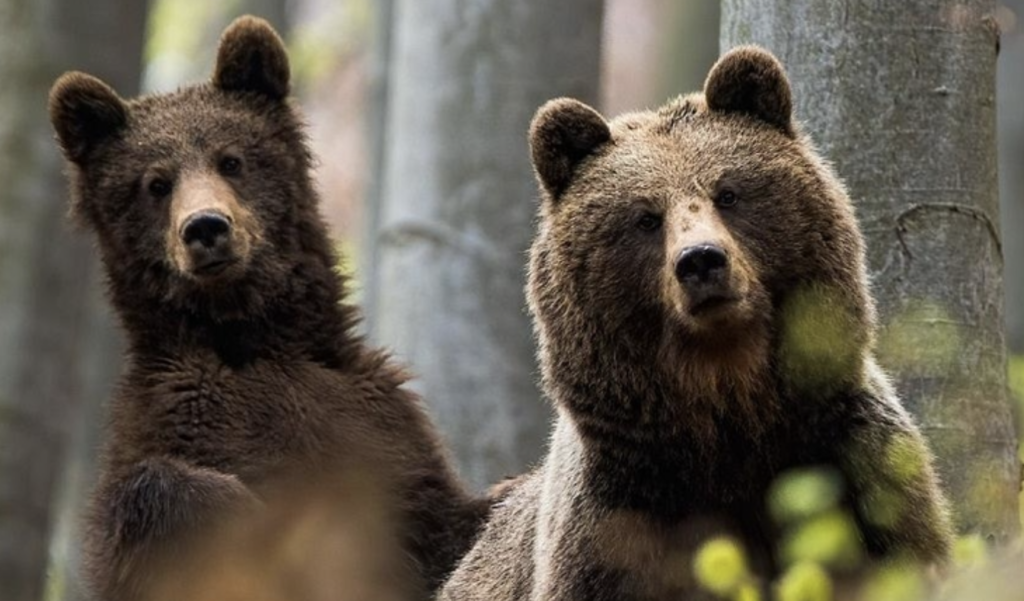
The ancient gods
Apart from being wild and mysterious, these forests also hide a certain number of beautiful mammals known as large carnivores: wolves, bears and European lynx. Their presence is favoured by the existence of large surfaces of natural woodland, by the “not so high” number of people actually living in Romania, and probably the most important, by the sense of space most of these people still preserve in their heads, and that I call a preference for freedom instead of security. As a consequence, the presence of wildlife is something you feel constantly while hiking these mountains, accompanied by another very precious feeling: that of the lack of borders to these wild spaces. And that makes this wilderness in the heart of Europe unique for us: five minutes away from a sunny meadow where a twelve year old girl rakes the hay, lies THE FOREST: deep, wild, never ending, mysterious, teeming with old gods, like bears and wild boars and eagles. To fully understand what we talk about, better be around in December or March, when the snow is here: it’s the animal tracking season.
Carpathians’ peoples
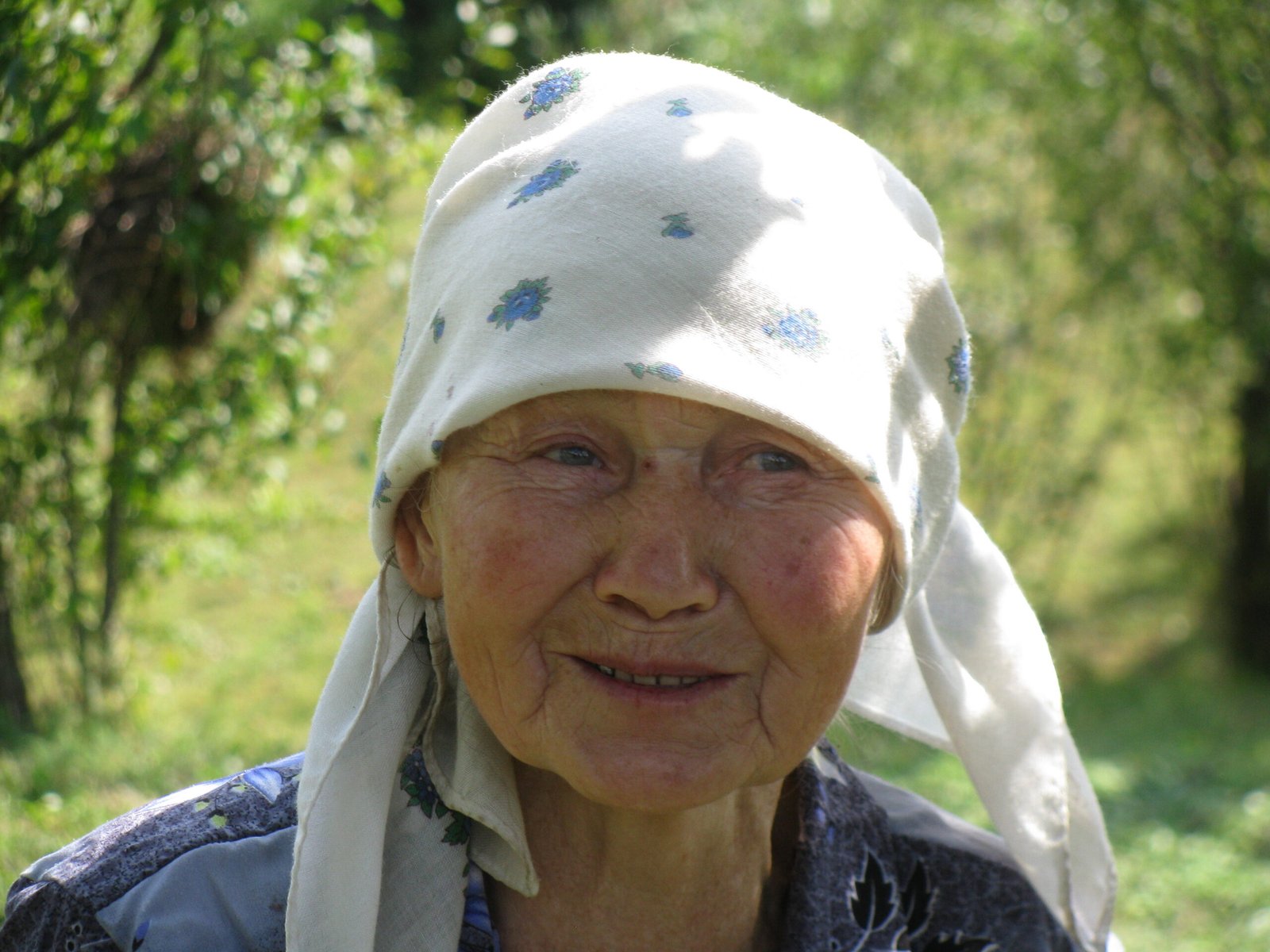
Carpathians’ peoples
It’s probably the last mountain culture of Europe where people are still going around making hay by hand and casually walking uphill for two hours to get to that other plot of land where haystacks are built and potatoes wait to be taken care of.
Also probably one of the few where, besides machines, people keep horses for field work and also oxen, for the really hard winter jobs in the forest or on the hay meadows.
It’s the place where you will see shepherds bringing supplies on donkeys’ backs to their huts at 2000m, where their flocks spend the summer. And where entire villages are being temporarily deserted because locals take to the mountains in summer in what is possibly the last transhumance on our continent.
This culture handcrafted and nourished the beautiful landscapes of the Carpathians, and the same culture is living its last days now, struck by the complete anachronism of its existence.
It leaves behind wooden churches, gradually rewilded alpine meadows and a heritage of spiritual freedom and openness towards people and nature that allow us to walk everywhere on their lands in unhindered freedom and contemplate the ubiquitous presence of large carnivores in the closest proximity to the human communities.
mushroom picking
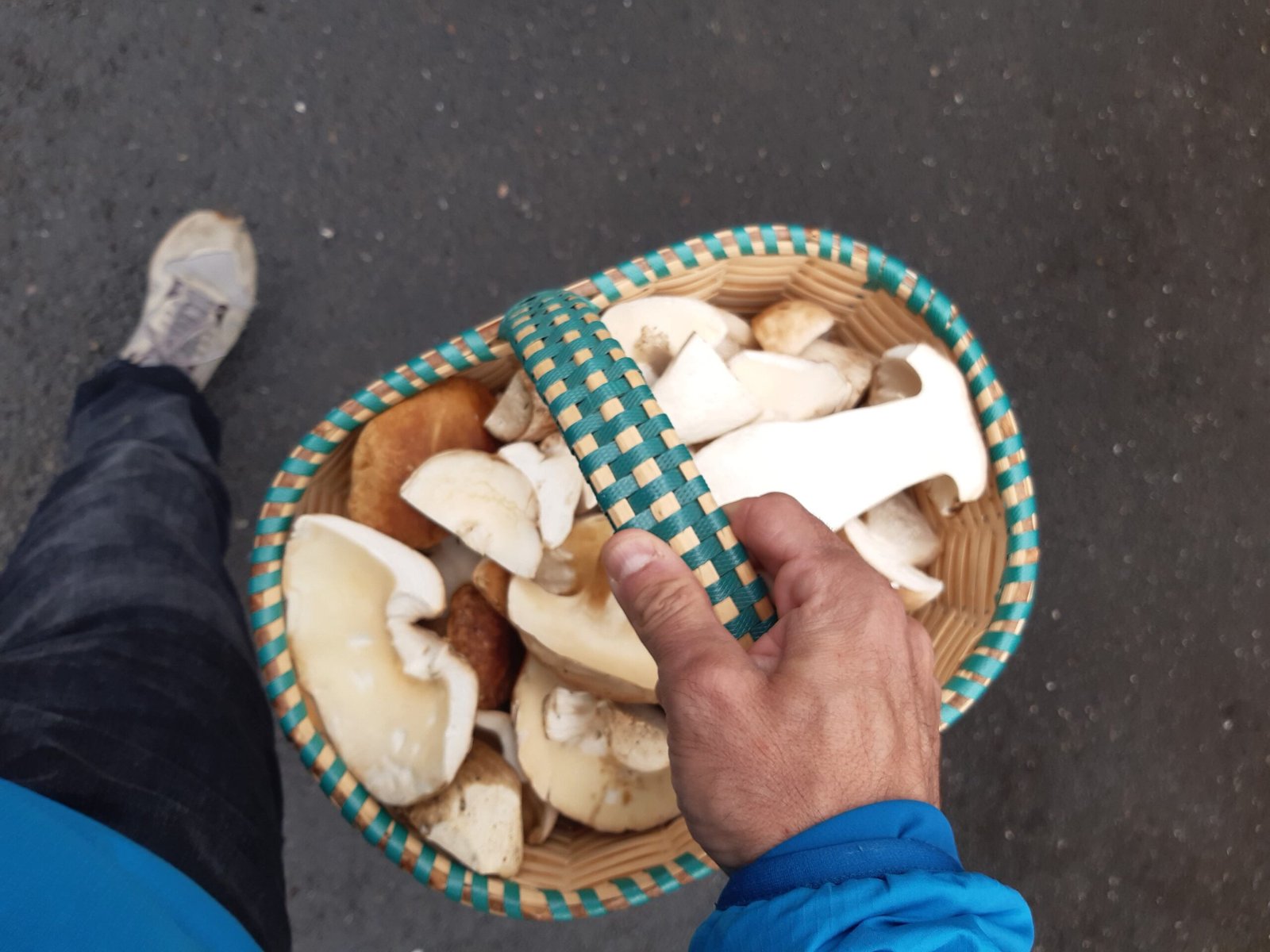
Mushrooms are probably THE REASON why we are in the forest so often in summer. There is no other way of getting lost and losing track of time in a more magical way than by wandering the woods with no precise destination, looking for them. This year has been the best I have seen in all of my career as a mushroom enthusiast - everybody around here feels the same way - and, in the Eastern Carpathians, people are serious about fungi. Porcini, chanterelles, morels, russulas, amanitas, all were introduced to us by our grandfathers, as well as other skills, like napping in the middle of a day-long quest for mushrooms, in the forest, under a fir tree.
What we did, for the first time this year, was to go mushroom picking on electric mountain bikes. Already the forested slopes of Vanatori Natural Park are a challenge for the regular mountain biker, so adding 10 kilos of porcine in the back didn’t seem like the best idea. So, we opted for electric power to take us from Agapia Convent to Secu, then to Sihastria Monastery, then climb to Sihla Hermitage and back to Agapia. Almost 1000 metres elevation gain and the subsequent descent, twenty kilometres, some of them on kind of technical terrain and 15 kilograms of porcini per capita show where the value of an electric full suspension bike truly lies.
happy walking people
Happy Walking People
The Happy Walking People is a series of edited images for people interested in discovering Romanian landscapes.
